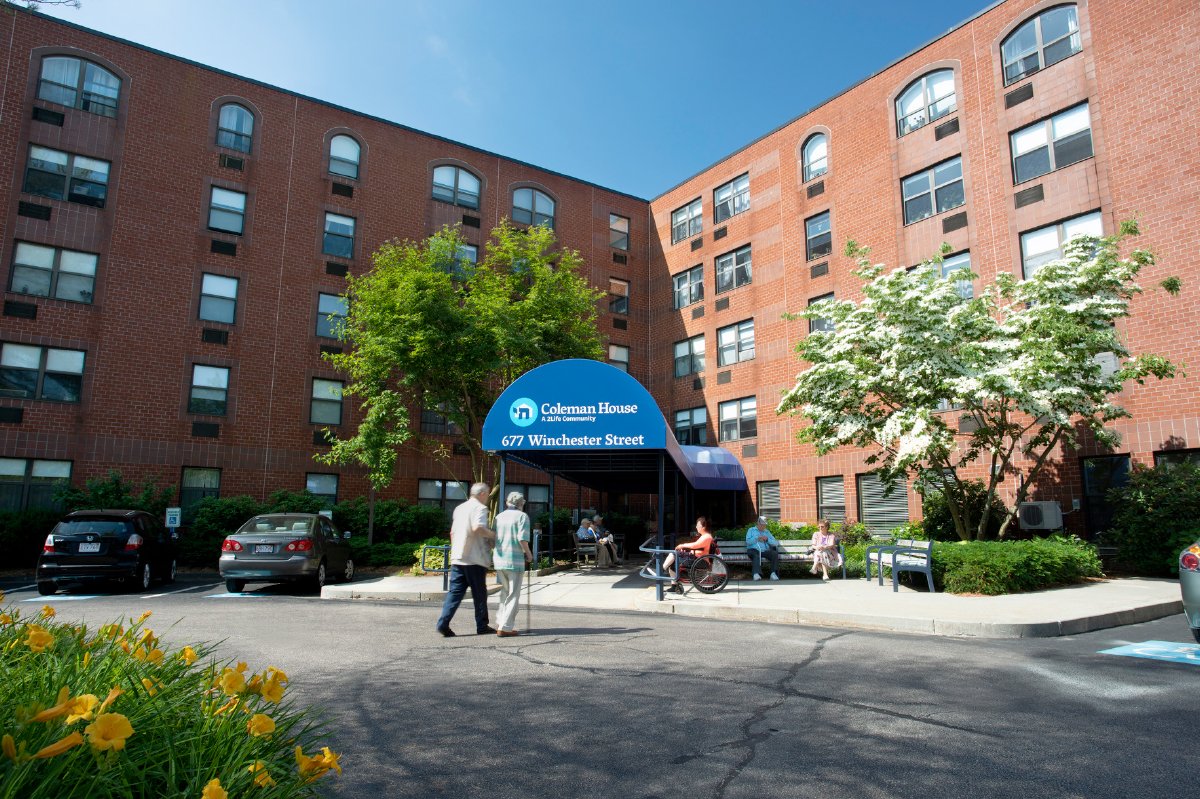In the fight against climate change, a hybrid heat source strategy can make cents…and sense for multifamily owners and operators
As the rate of electrification accelerates, the grid will experience peak electricity usage on a few of the coldest days of winter - typically seven days, or 2% of the year - and it may not be able to generate or supply sufficient electricity to meet demand.
Coleman House - 2Life Communities
It’s no secret that building electrification is one of the most important strategies for reducing carbon emissions. In the quest to get to net-zero by 2050, multifamily owners are racing to replace appliances with more modern electric models and to swap out fossil fuel heating with new, highly efficient systems including heat pumps that will reduce emissions and make buildings more comfortable for residents.
There’s no doubt that electrification can deliver long term savings for owners and will reduce carbon emissions. But as the built environment moves to “electrify everything”, especially building heating, there’s going to be strain on the grid. And contrary to popular belief, the grid won’t experience its peak electricity usage during the hottest days of the summer, but on a few of the coldest days of winter - typically seven days, or 2% of the year - when it may not be able to generate or supply sufficient electricity to meet demand.
Hybrid Heat Source Strategy can Dynamically Switch Systems to Maximize Savings, Reduce Carbon
In existing buildings, owners and managers can improve overall building performance by retaining the fossil fuel-burning heat source and using a smart building system to dynamically switch between heat pumps and fossil fuel systems based on predefined criteria.
For example, on the coldest days of the year, the heat supply can change from electric to fossil fuel heat based on energy prices or demand response program participation.
This approach enables the building to save on energy costs, reduce carbon emissions and to make the building more comfortable for residents, using several different criteria to determine the best fuel source, including:
Coleman House Retrofit
Coleman House Retrofit
Indoor and outdoor temperatures. As temperatures drop, heat pumps operate less efficiently and have to work harder. Switching to gas based on real-time equipment performance can reduce costs and improve comfort.
Energy prices. Energy prices fluctuate based on availability, local fuel costs and pricing regulations. Directing the system to use the lower cost fuel source can reduce energy costs for owners and managers.
Real time carbon footprint. While heat pumps generally emit less greenhouse gas than natural gas or oil heating, during certain times of the year there are regions of the US where they can actually generate more due to the electricity generation mix (fossil fuel/renewables/nuclear). Properties can lower their carbon footprint by taking into account the electrical mix and heat pump efficiency at lower temperatures to meet carbon footprint targets.
Demand response signals during a winter peak event. Buildings participating in demand response programs can reduce electricity costs or even make money by reducing demand for electricity during times of peak usage.
Technology makes this possible, including the use of digital twins technology.
Through digital twin technology, a digital replica of real-world buildings can be created to develop a comprehensive understanding of how the building will respond to changes in weather and resident activity. In the case of hybrid heat, using digital twin models can enable the system to respond by predictably switching from electric to gas heat at optimal times, even on a unit-by-unit basis.
At Embue, we’re working with a number of customers to implement Hybrid Heat Optimization. One example is 2Life Communities, a fast growing, innovative senior affordable housing provider in the Boston area who has implemented hybrid heat at Coleman House, a 146-unit property that meets the Enterprise Green Communities sustainability certification requirements.
We’ll be exploring digital twin technology and its role in multifamily in future blog posts.


